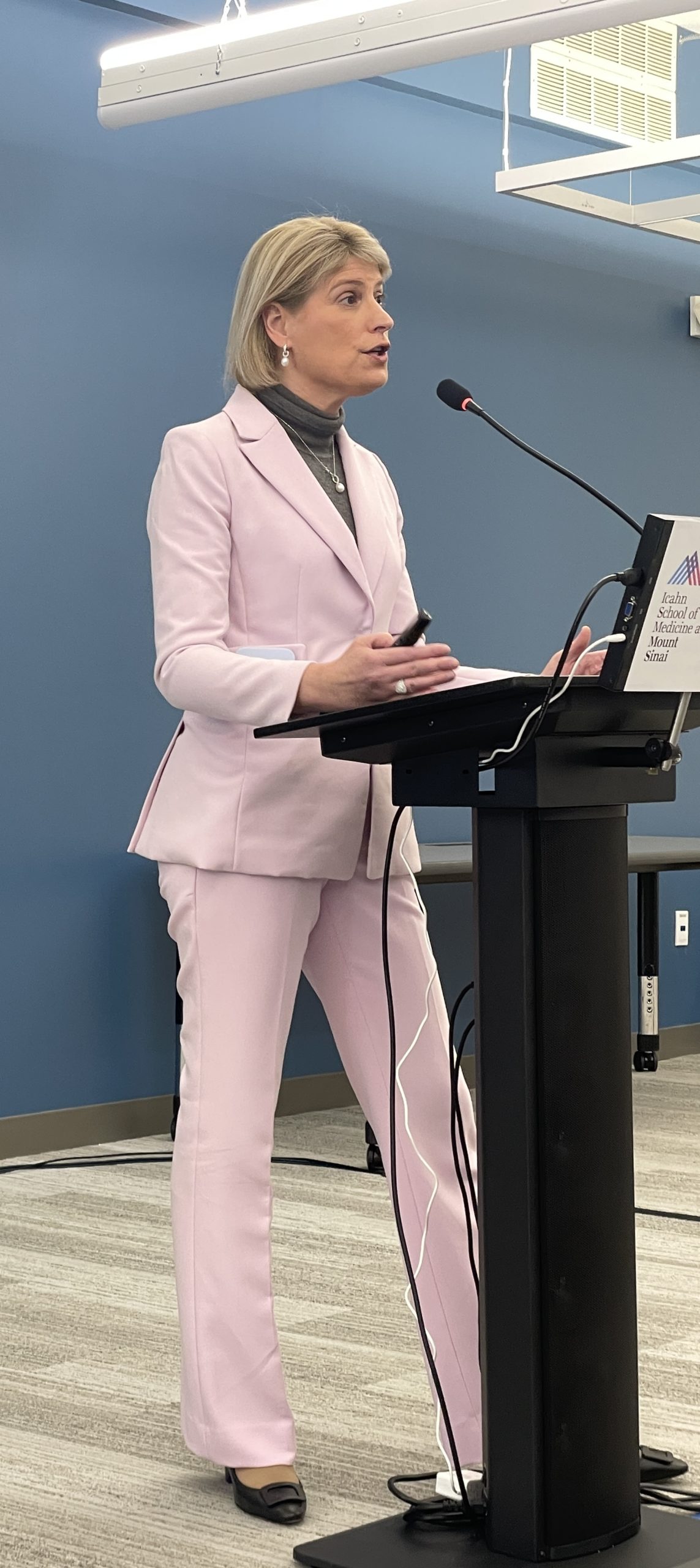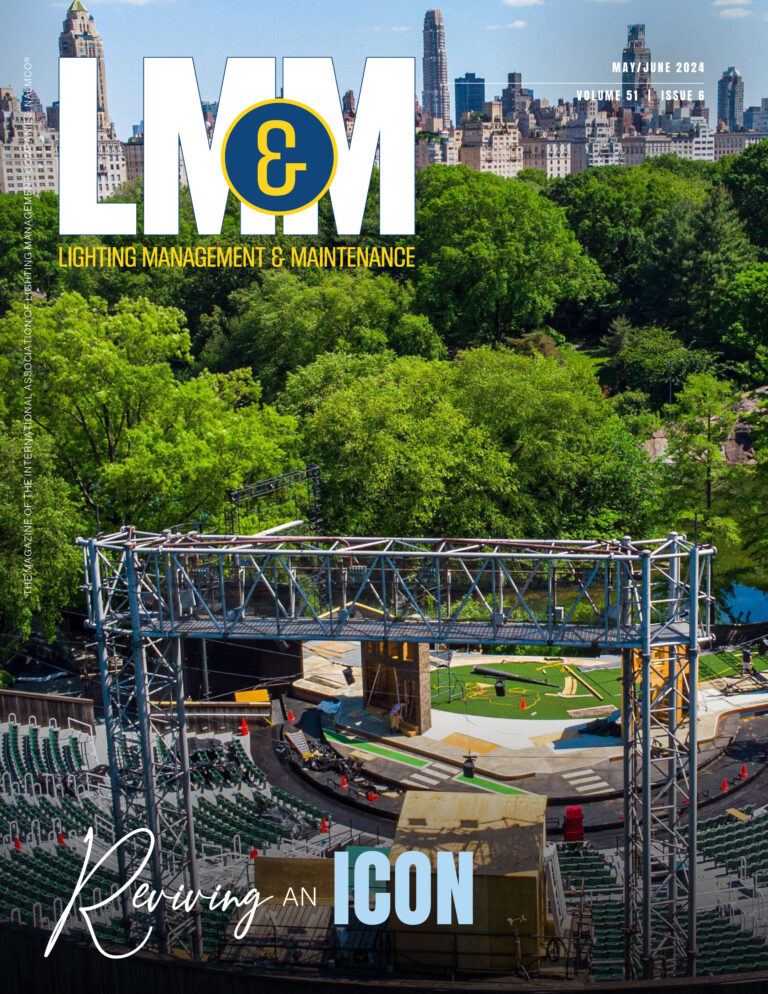 Your humble editor attended Mt. Sinai’s LHRC Partners Day earlier today. Dr. Mariana Figueiro, founder of the LHRC, kicked off the first Partners Day meeting explaining why they moved from RPI to Mt. Sinai, “The market was changing and we knew that light and health research had a huge void, but in order for us to make that move, we had to be associated with a medical center.” She went on to say that, “We couldn’t make that leap as a bunch of engineers without the support of Mt. Sinai.”
Your humble editor attended Mt. Sinai’s LHRC Partners Day earlier today. Dr. Mariana Figueiro, founder of the LHRC, kicked off the first Partners Day meeting explaining why they moved from RPI to Mt. Sinai, “The market was changing and we knew that light and health research had a huge void, but in order for us to make that move, we had to be associated with a medical center.” She went on to say that, “We couldn’t make that leap as a bunch of engineers without the support of Mt. Sinai.”
She explained that keeping the employees together was important, so she negotiated with Mt. Sinai to ensure there was funding to have an office in upstate New York so the employees would not have to move. 16 researchers joined her in the newly established satellite office in Menands, NY. Recently, the LHRC hired 13 employees for clinical research which is mainly conducted in New York City.
During the pandemic, very little human subject data collection was conducted, so it was an excellent time to build out the facility and make the move.
Mariana told the group that their maximum obligated budget at the old LRC was $20M and they have already exceeded that at $24M. The majority of grants are federal from 8 different agencies. It is important to have many grants from different organizations.
The LHRC has many projects, but a few stand out:
- Health equity. She first explained this to me in a podcast in January of 2021. Pulse oximeters are quick and inexpensive devices that use light to measure oxygen levels. Typically, a person is admitted to the hospital when their oxygen level falls below 90%. Studies have shown that pulse oximeter have biased readings in people with darker skin. The LHRC research identified the cause, which is due to the calibration of the equipment. So an African American that was tested during COVID, may have been sent home because the equipment reads higher numbers than actual ones.
- Teenagers experience different mental health issues depending upon if they live in urban or suburban areas. Light may play a role.
- UV helps reduce climate change as UV can reduce fungicides on crops. Also using UV to clean health care spaces reduces the need for disinfectants, which also can positively affect climate change.
Staff members also gave brief updates:
John Bullough discussed Light for Transportation and Safety. Outdoor public lighting uses 202 billion of kWh of energy annually. John discussed adaptive driving beams that look like low beams to oncoming cars but act like high beams for the driver. These adaptive headlights are finally legal in the U.S. The LHRC worked with CLI in Colorado on a study that showed 25% of LED exit signs have luminances under 15 cd/m2. John wrote a book, Understanding Glare in Exterior Lighting, Display, and Related Applications. He gave each attendee a copy and encouraged the audience, “You can often do a lot more with a lot less light.”
Nick Skinner spoke on plant health, saying, “Plant health is important to our health.” UV works by damaging the DNA of the pathogen, which can reduce the amount of chemicals used. The UV only works in line of sight, so pathogens in the leaf’s shadows are unaffected. The LHRC experimented with blowing air on the leaves to move them around reducing shadows allowing the UV to reach more leaves. It didn’t work as the air agitation likely releases more spores.
Jennifer Brons discussed the Lighting Energy Partnership and spoke passionately about connecting luminaire and HVAC controls while employing best practices and avoiding pitfalls. She explained that energy codes are evolving, and she sees more lighting controls requirements. She described the night-demand scenario where utilities prefer to even their peaks by growing demand at night (this might be changing with EV’s). LHRC has a light bulb with a battery that can be set to pull power from the mains at night and work off the battery during the day.
Jennifer also discussed success with working with the ALA and 16 residential manufacturers have committed to developing lights for residential circadian lighting. These lights will be attractive and have low glare.
Dan Frering gave an update on the Lighting Education Partnership. I was not aware, but there was a steep rise in pedestrian auto accidents during Covid. No one knows why.
After the formal session ended, I was able to interview a few thought leaders and we hope to have posted later this week.



